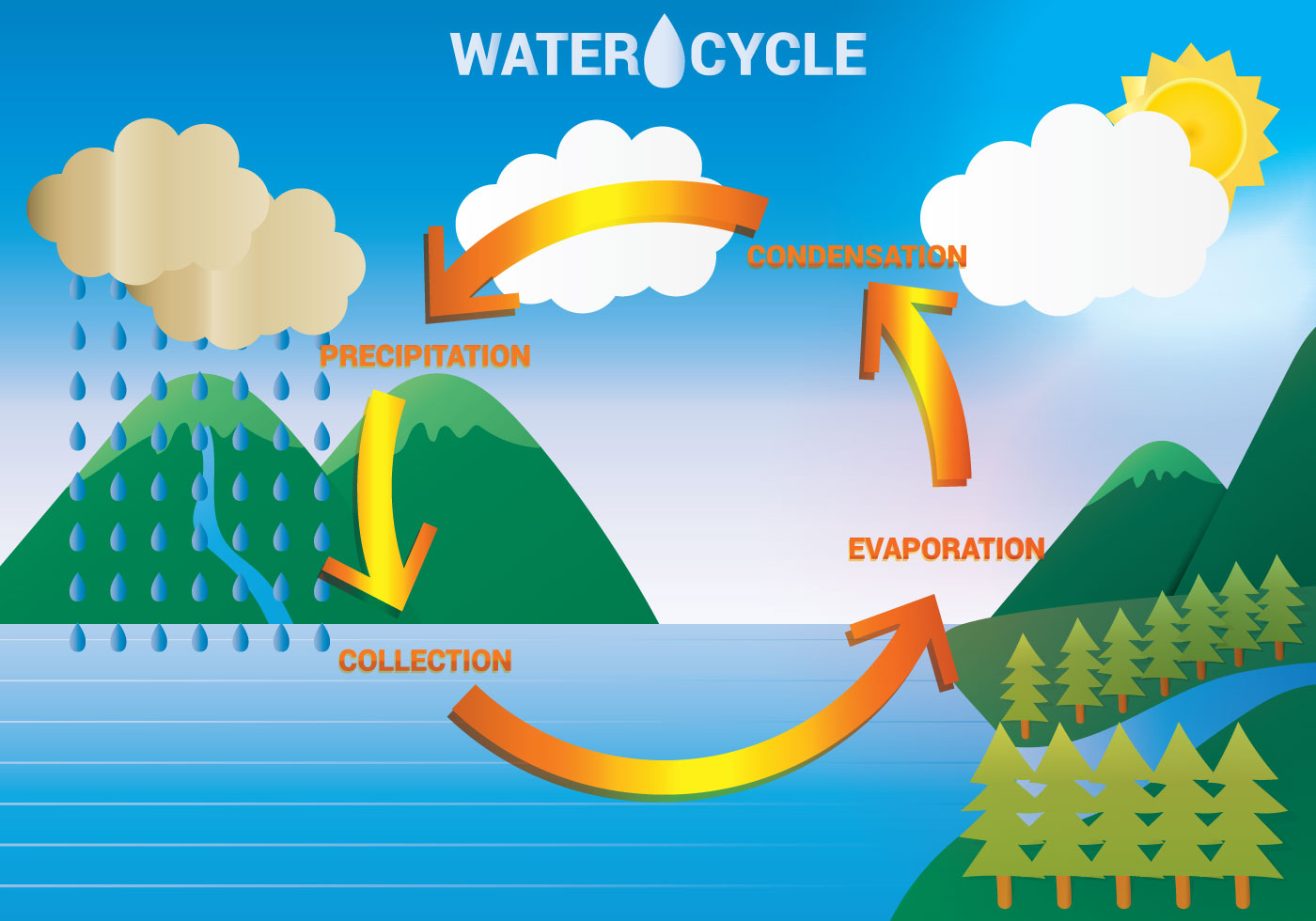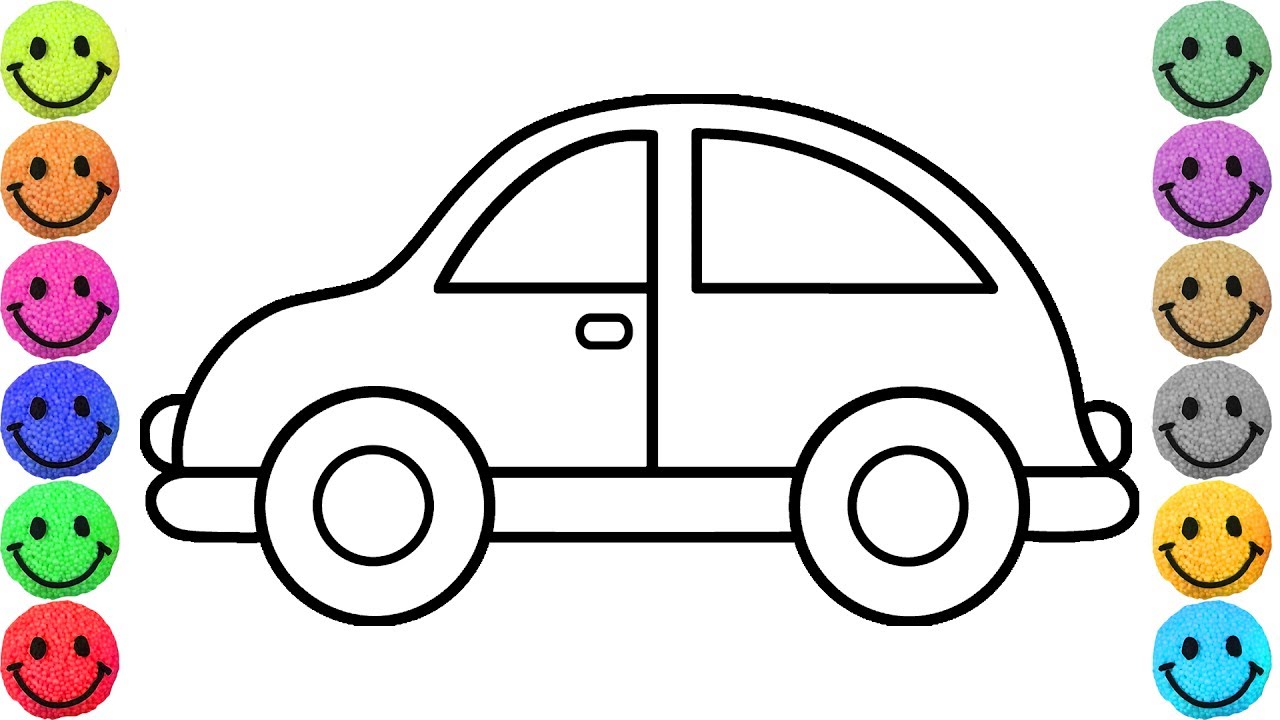How to draw water cycle drawing for beginners very easy step by
Table of Contents
Table of Contents
The water cycle is a fundamental concept in science education. Understanding the water cycle is critical to understanding numerous environmental processes, including weather and climate. However, drawing a water cycle can be challenging for many, especially those who are beginners. In this blog post, we will guide you through the process of how to draw a water cycle in easy steps, so that you can create your own water cycle diagram with confidence.
Pain Points Related to Drawing a Water Cycle
Many people struggle with drawing a water cycle because they are not sure where to start. They may also be unsure of how to illustrate the various components of the water cycle or how to make the diagram visually appealing. Additionally, some may find it challenging to convey the complex processes of the water cycle in a simplified and easy-to-understand way.
Answer to How to Draw a Water Cycle
To draw a water cycle, you need to start with a template. A quick search online will provide you with a range of water cycle diagram templates that you can use as a starting point. To add your unique twist to it, you can use a variety of tools such as colored pencils, markers, or paint. Additionally, websites such as YouTube offer several tutorials on drawing a water cycle.
Main Points about How to Draw a Water Cycle
To summarize the main points about how to draw a water cycle, start by choosing a template for your diagram. Next, consider the tools you will use to create the diagram. Lastly, be sure to incorporate all the essential components of the water cycle: evaporation, condensation, precipitation, infiltration, and runoff.
How to Draw a Water Cycle: A Personal Experience
When I first attempted to draw a water cycle diagram, I found myself struggling to convey the processes in a clear and concise manner. However, by using a simple template and colored pencils, I was able to create a visually appealing diagram that accurately represented the water cycle. Here’s what worked for me:
1. Choose a simple and easy-to-read template. This will help you focus on the content rather than the design of the diagram.
2. Select a color scheme that enables you to differentiate between the various stages of the water cycle. Use warm colors such as red and orange to represent the heat elements of evaporation, and cool colors such as blue and purple to illustrate the water elements.
3. Be creative! Use fun ways to represent the various components of the water cycle. For example, you can use cotton balls to represent clouds or blue glitter for precipitation.
The Importance of Drawing a Water Cycle Diagram
Creating a water cycle diagram is an essential activity for students of all ages. It enables them to understand the various components and processes of the water cycle in a simplified manner. As a hands-on activity, drawing a water cycle diagram promotes creativity and critical thinking. Additionally, it provides an opportunity for students to practice important research skills such as searching for relevant images and online tutorials.
Tips for Creating a Successful Water Cycle Diagram
1. Use a simple and easy-to-read template
2. Choose a color scheme that helps differentiate between the various stages of the water cycle
3. Be creative with the symbols and representations of the water cycle components
4. Incorporate text and labels to explain the processes and stages
Question and Answer Section
Q: What are the critical components of the water cycle?
A: The critical components of the water cycle are evaporation, condensation, precipitation, infiltration, and runoff.
Q: How can I make my water cycle diagram visually appealing?
A: You can use a variety of tools such as colored pencils, markers, or paint to add style and color to your diagram.
Q: Can I find templates for drawing a water cycle online?
A: Yes, there are many templates available online that you can use as a starting point for your water cycle diagram.
Q: Why is it essential to understand the water cycle?
A: Understanding the water cycle is essential as it helps individuals comprehend the various environmental processes, including weather, climate, and land use.
Conclusion of How to Draw a Water Cycle
Drawing a water cycle can seem daunting, but with a little creativity and some basic know-how, it’s effortless to do. By using templates, colors, and creative symbols, anyone can create a visually appealing water cycle diagram that accurately represents the essential components of this critical natural process. With these simple tips, you’ll be able to create a water cycle diagram with ease and confidence.
Gallery
How To Draw Water Cycle Drawing For Beginners ( Very Easy ) Step By

Photo Credit by: bing.com / water cycle drawing diagram project draw easy kids beginners cute chart step poster model school very education choose board
Water Cycle Free Vector Art - (42,677 Free Downloads)

Photo Credit by: bing.com / cycle water diagram vector
Water Cycle Drawing At GetDrawings | Free Download

Photo Credit by: bing.com / cycle water drawing assignment drawings getdrawings collection paintingvalley
How To Draw Water Cycle Of A School Project. | Water Cycle Diagram

Photo Credit by: bing.com / labelled چرخه اب نقاشی siklus chart
How To Draw Water Cycle Of A School Project - YouTube

Photo Credit by: bing.com / cycle water drawing draw project label evaporation school drawings diagram easy kids model chart board projects precipitation vapor question collection





